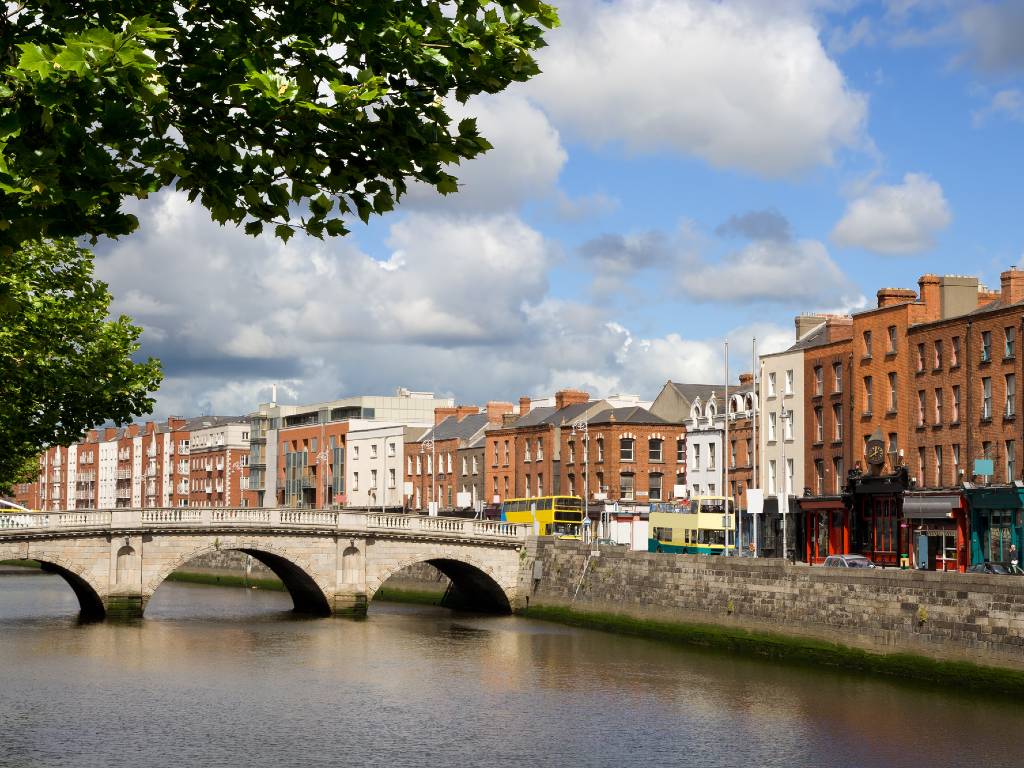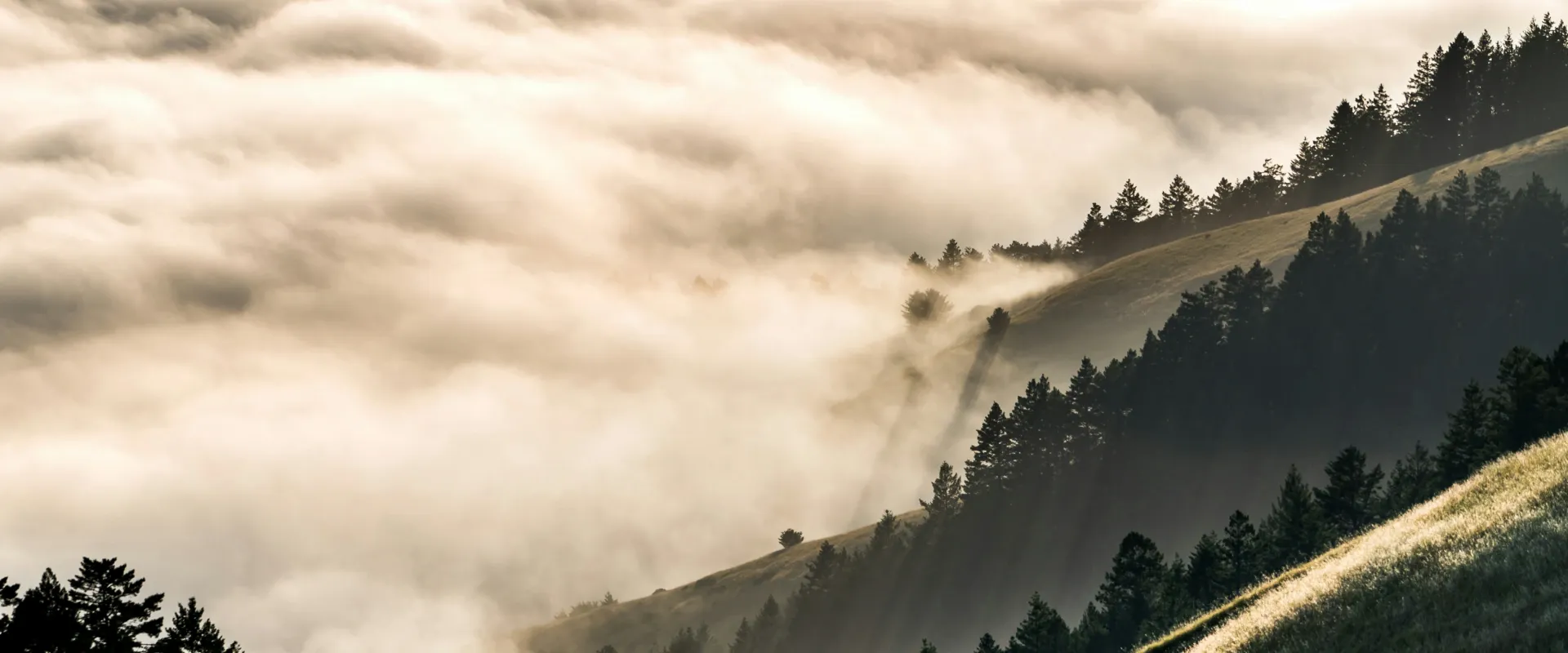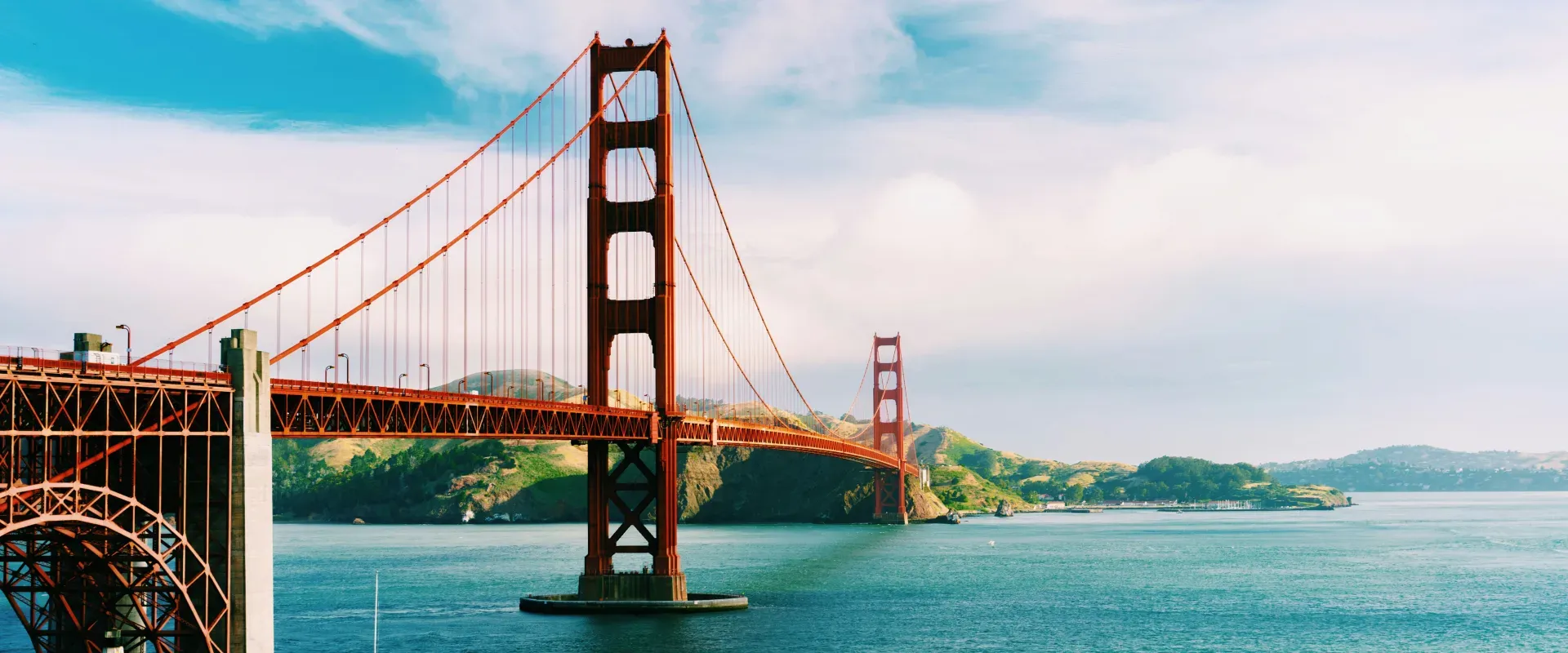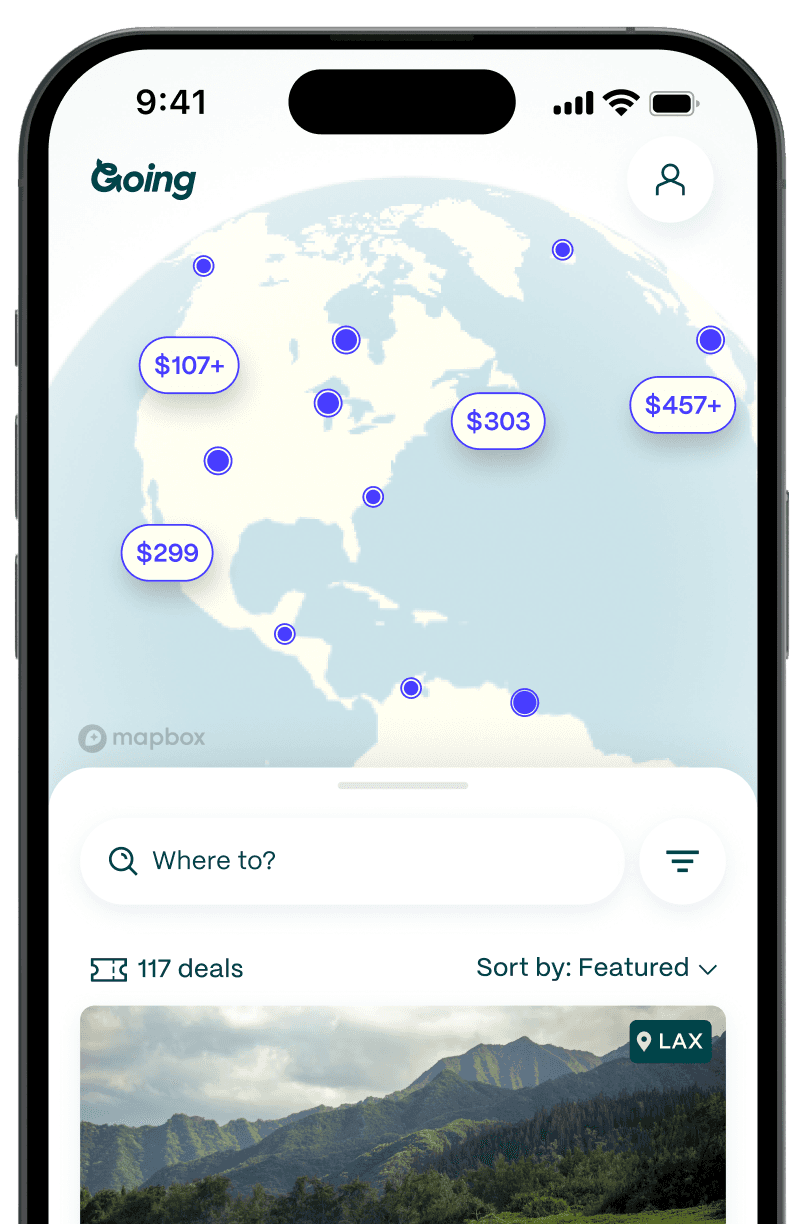
Dublin: The Emerald Isle City Where Guinness Was Born

The strains of music from buskers in the air, cries of seagulls far overhead, the dim buzz of conversation in an old pub, the bell of a tram, the wind as it whistles around steel and glass office buildings in the docklands, the gentle swish of the trees in the park—these are some of the sounds of Dublin, a compact capital city rich in culture, history, and heritage.
Where you can see ancient artifacts, go to a live gig, immerse yourself in the arts and theater scene, or learn about the city’s famous writers. Or just order a pint in a cozy snug in a Victorian pub or a fancy cocktail in a rooftop bar and take in the scenery around you. Most of all, in non-pandemic times, you can hear all the stories of the city from the chatty, friendly residents you’ll meet along the way.

Settling the Black Pool
Dublin city’s origins go back to just before Viking times—it was said to be first started as a Christian settlement—but it was really the Vikings who expanded it. They settled there in 841 and set up a trading port in the River Liffey, leading to Dublin Bay.
There are still echoes of Dublin’s Viking past today. Remains of a Viking settlement were found at the city’s oldest building, Christ Church Cathedral, built by the Norse King Sitric in the year 1030. And there are remains of Viking ramparts and a moat on view underneath Dublin Castle. The name Dublin comes from this area. The Irish word dubh, which means black, and linn which meals pool, refer to an ancient tidal pool at Dublin Castle.
Learn more about the city’s Viking history at Dublin’s Viking museum, Dublinia, which also offers online activities and downloadable activity worksheets.
In the footsteps of James Joyce

“Good puzzle would be cross Dublin without passing a pub,” thought Leopold Bloom, the famous character in James Joyce’s novel Ulysses, which is set in Dublin and takes place over one day in 1904.
It would be another puzzle to visit Dublin and not find out more about the city’s impressive literary heritage. In addition to James Joyce, famous authors like WB Yeats, Oscar Wilde, George Bernard Shaw, Samuel Beckett, Bram Stoker, Jonathan Swift, and Brendan Behan were all born in Dublin. More recent well-known Dublin-based authors include Maeve Binchy, John Banville, and poet Seamus Heaney, who was based there for the last years of his life.
This great literary tradition is celebrated around Dublin. The Dublin Writers Museum and the Museum of Literature Ireland feature exhibits that explore the life and works of the city’s great writers. Statues of James Joyce and Oscar Wilde recognize their contributions to local history. And the massive Long Room in the Library of Trinity College is both a tourist attraction and working library with more than 200,000 books, including the Book of Kells, a manuscript that’s more than 1,200 years old.
There’s even an annual event for passionate fans of James Joyce.
Bloomsday happens each year on June 16—the date on which Ulysses takes place—and is celebrated by people dressing up in costumes from the period and performing readings at different locations around the city. Ulysses can be a challenging read for those new to Joyce. A better place to start is with his 1914 collection of 15 short stories, Dubliners, which depicts middle-class life in the city at the time.
The home of Irish whiskey
One of Dublin’s oldest areas is The Liberties. In medieval times, the area was set outside the official city walls so businesses were free from city taxes and tariffs. As a result, the area thrived with mills, tanneries, distilleries, breweries, and factories, as well as some illicit venues like brothels and gambling houses. At one time, nearly 70% of the world’s whiskey was produced there. Eventually, many of the distilleries closed due to many factors, including Prohibition in the US, embargoes during the Irish War of Independence, and the introduction of the column or Coffey still, which led to increased production in Scotland.
Nowadays, The Liberties is home to the Guinness Brewery and it’s the site of Dublin’s whiskey distilling revival. Four new distilleries have opened in the district since 2015, each one with a visitor center and tours. Teeling Whiskey Distillery, Pearse Lyons Whiskey Distillery, the Dublin Liberties Distillery, and Roe & Co Distillery (which is set in the former Guinness Power Station) will all show you about how whiskey is made, followed by a tasting of the golden nectar itself, and the chance to try some tasty cocktails.
Learn more about how whiskey originated in Ireland hundreds of years ago from the Irish Whiskey Museum and try Teeling Whiskey or Pearse Lyons at home. To drink it like the Irish, try it with a drop or two of water in your glass, which opens up the flavor.
Head to the pub and grab a snug

In Dublin, it seems like there’s a pub on every street, and many of them have a rich history all their own. The oldest, The Brazen Head on Bridge Street, is said to date all the way back to 1198. Other famous old watering holes include Kehoes on South Anne Street (1803), Toners on Lower Baggot Street (1818), and The Palace Bar in Temple Bar (1823). And there’s been a pub on the site of The Stag’s Head on Dame Court since around 1770.
Besides lots of stained glass, dark wood, mirrors, ornate lamps, and light fittings, one of the unique characteristics of old Dublin pubs is the cozy snug. This small private area, often to the front, has its own door and a direct serving hatch to the bar. This was where the ladies sat in Victorian times so that they were not seen in the main bar. Nowadays it’s a coveted spot and if you manage to snag a seat in the snug, you’re set up for the evening.
Of course, the most common drink to order in an Irish pub is a Guinness stout (Guinness has been brewed at the St. James's Gate Brewery in Dublin since 1759 and it accounts for a quarter of all beer consumed in Ireland) or an Irish whiskey. However, there are also a few local craft breweries to choose from, including Five Lamps Brewery, J.W. Sweetman, and Rascals Brewing Company.
A culinary revival
Dublin has not always been known for its food but has recently been undergoing a culinary revival with some exciting new chefs and restaurants on the scene in the last few years, plus high-quality ingredients including beef, fish, and dairy products.
Tasty bites on offer in Dublin range from traditional takeaway fish and chips (that’s fish in batter with thick fries, usually served in paper) to experimental fine dining at Michelin-starred restaurants and everything in between. For a basic Dublin special, coddle is a comforting winter stew made from sausages, bacon, and potatoes. Try it for yourself with this recipe from Dublin-born chef Donal Skehan.
Dubliners don’t go overboard at breakfast time, but any B&B will offer a traditional Irish breakfast with bacon, sausages, eggs, and another Irish specialty, black pudding, a blood pudding made with pork. It’s all accompanied by a pot of tea and some brown soda bread, and will definitely set you up for a full day.
At the other end of the scale, a culinary revival of Irish cuisine has brought the focus back to creative dishes using the best Irish produce like cheeses, fish, meat, and seasonal vegetables. Favorites on the restaurant scene include Forest Avenue on Sussex Terrace, Liath in Blackrock Market, The Greenhouse on Dawson Street, and the tiny eatery, Fish Shop on Benburb Street.
Live music every night of the week

One of the best features of Dublin city is its people. In non-pandemic times, you’ll find talented buskers singing and playing music on the streets, lively and vocal street traders on thoroughfares like Moore and Thomas Streets, comedians in pubs like The International Bar on Wicklow Street, and cafés like the landmark Bewley’s on Grafton Street, ideal for a pot of tea and a chat.
Learning to play a musical instrument is a long-standing Irish tradition, so like the rest of the country, Dublin is full of musicians and musical entertainment, with live music every night of the week. Performances range from traditional Irish sessions in pubs like O’Donoghues and The Cobblestone to full-blown concerts from visiting artists at large venues like the 3Arena and Aviva Stadium.
Some of the best-known Dublin musicians are U2’s Bono, The Edge, Adam Clayton, and Larry Mullen Jr., who formed the band in a Dublin school in the 1970s. Singer-songwriters Sinead O’Connor, Bob Geldof, and Glen Hansard were born in the city.
On the shores of Dublin Bay
Although Dublin’s center is mostly concentrated around the River Liffey, the city is set on Dublin Bay, which opens eastward to the Irish Sea, an arm of the North Atlantic Ocean. The bay is a UNESCO Biosphere with a number of bird sanctuaries as well as populations of seals, porpoises, seabirds, and brent geese that migrate from Arctic Canada in the autumn.
There are plenty of ships and ferries coming and going across the bay, which has the peninsula of Howth to the north and the city of Dalkey to the south, with some small urban beaches at various intervals in between.
Sea swimming is popular at several places around the bay—even in winter—along with kayaking, sailing, stand-up paddleboarding, kitesurfing, and diving.
Dublin on screen

Dublin makes a great movie backdrop and films with musical talent in particular feature in the list of Dublin movie highlights. Once, Sing Street, and The Commitments all tell the stories of struggling musicians in the city with a mix of humor, drama, and catchy tunes. The soundtrack album for The Commitments (1991) went on to top the charts while Falling Slowly, the song from Once, won the Academy Award for Best Original Song in 2007.
For more scenes of the city, check out the dark comedy Intermission with Colin Farrell, Colm Meaney, and Cillian Murphy, which follows the capers and drama of a gang of criminals.
Good to know
How to budget for a trip to Dublin
Dublin is refreshingly budget-friendly. It's much less pricey than London, and marginally cheaper than Edinburgh. Plenty of beautiful hotels offer rooms at or below $150/night, while vacation rentals are typically a bit less expensive. The restaurant scene is less cutting-edge, too (Ireland isn’t exactly known for its cuisine, though Dublin does have some great spots), and $50-$70 is plenty for a full day of dining out.
Safety considerations
Dublin is a safe city, with some exceptions. Crime rates are low (being mugged is extremely unlikely, for instance) and the city is widely regarded as a place that’s welcoming of all genders and orientations. But it’s also got a bit of a reputation for being intolerant of BIPOC. This isn’t universal, of course; traveling to Dublin can and should be an experience devoid of any hate speech or discrimination. Still, it isn’t unlikely to find oneself treated derogatorily due to racism. As for women, Dublin is generally safe, but instances of violence towards women do occur.
Weather in Dublin
Dublin has a maritime climate with mild temperatures all year round. From June through August daily highs average 65-68° F while in winter daily temperatures are around 46-51°. It can dip colder at night—into the high 30s—but snow accumulation is very rare. Instead, rain is common, with 10-13 days of rain each month.
When to visit Dublin
Summer is the most popular season for visitors and prices reflect that. If you’re worried about colder temperatures but don’t want to deal with peak season crowds, opt for spring or fall. Winter is low season but those who don’t mind bundling up or carrying an umbrella will enjoy far fewer crowds and much lower prices on accommodation. One major exception is in March during St. Patrick’s Day.
Money saving tips
Avoid taxis. They can add up quickly, so get familiar with the local bus service. Or simply walk; Dublin is pretty compact and you can see most of it on foot.
Order a half pint. If you’re not a big drinker but still want to experience some pub culture, order a half pint and save yourself a bit of cash.
Find what’s free. There are over 40 museums in Dublin and many of them, including the Irish Museum of Modern Art, National Gallery, and The National Museum of Ireland are free.
Public transportation options in Dublin
Moving about in Dublin is easy, thanks to the city’s system of buses, trains, and trams; it isn’t even necessary to rent a car if and when you decide to take a day trip, as the rail service (DART) offers routes out of the city. Of course, there’s always two-footed transit, which is a great way to fit in with the locals and acquaint yourself with the city while you’re at it. Lyft and Uber and available, and Dublin requires its ride-share drivers to be licensed taxi drivers as well.
Dublin airports
Dublin Airport (DUB) is the largest and busiest airport in Ireland. It’s just over four miles from central Dublin and the main hub for Aer Lingus and Ryanair. It’s a focus city for TUI Airways, Emerald Airlines, CityJet, and ASL Airlines Ireland.
How to get to Dublin from Dublin Airport (DUB)
There are several bus companies that serve Dublin Airport. Travel times to Dublin’s city center are generally in the 20–40 minute range and ticket prices are €2-10. There isn’t a flat rate for taxi transportation from the airport into the city, but you can expect to pay €25-30 for a 20-minute trip. The cost of an Uber from the airport into the city usually starts at about €20.
What to see, do, and eat in Dublin from Going

Top ten things to do in Dublin
- Stroll the ultra-cute Ha’penny Bridge, which opened in 1816
- Spend a sunny day at St. Stephen’s Green, a gorgeous park at the center of town
- Take a tour of the Guinness Factory at the Storehouse, or the Jameson Factory, or both
- Explore the now-shuttered Kilmainham Gaol prison, similar in appeal to Alcatraz in San Francisco
- Stroll the grounds of Dublin Castle, covering 11 acres; you can pop inside for a tour, or just admire the view
- Watch a the Dublin County Hurling Team play a match of the strange, enthralling game that’s something like a mix of lacrosse, soccer, and rugby
- Tie one on at The Temple Bar, a classic Irish pub
- Check out the Trinity College Library
- Visit St. Patrick’s Cathedral, founded in the 12th century; it’s breathtaking and can be explored via guided tour or solo
- See Montpelier Hill and the infamous Hell Fire Club
Local picks for top attractions and activities in Dublin
- Pop over to People’s Park in Dún Laoghaire, a coastal Southside Dublin neighborhood, for one of many wonderful weekend markets; browse the stalls, soak up the atmosphere, and grab a bite at one of their inexpensive food stands
- Visit the National Gallery of Ireland, one of Dublin’s most beautiful buildings, which offers an extensive variety of free talks, public tours, and art documentary screenings every day of the week
- Test your pipes at the Bruxelles Bar, which hosts the hugely popular open mic night known as the Zodiac Sessions every Wednesday
- Take a picnic up to the Dublin Mountains for an epic outdoor adventure; add a flask of tea to do as the locals do
- Rent a bike at Phoenix Park and stop for ice cream along the way at one of multiple sweets spots
- Make your way over to the Stag’s Head, where there’s a free comedy night downstairs multiple nights throughout the week
- Browse the Little Museum of Dublin, situated in an 18th-century Georgian townhouse, and follow it up with a pint at Keogh’s on South Anne Street, best enjoyed on the sidewalk patio
- Check out Happenings, a unique event space, frequently hosting “Open Air Cinema” screenings in lovely outdoor settings throughout the warmer months
- Rent a kayak from City Kayaking to traverse the River Liffey for an adventurous, accessible way to see the city
- Explore the Temple Bar Gallery & Studios for an alternative Irish cultural experience, featuring a mix of paintings, sculptures, photography, and installation art, plus loads of free, highly coveted events
What to eat and drink in Dublin
The food scene in Dublin has traditionally been a bit of a sleepy one, with an emphasis on hearty, homestyle food, but that’s changing with a crop of new chefs turning out inventive dishes that use the best of Ireland’s homegrown produce and meats. Plus, trendier, more multicultural establishments are opening up with each passing year. As for drinks, the city loves its beer and you will, too.
- Lucky’s on the vibrant Meath Street has a refreshingly youthful energy and a cafe-bar feel, well suited to afternoon meetups and late-night hijinks (don’t miss the beer garden, where you’ll find great pizzas, art fairs, DJ nights, and more)
- Anseo is a Dublin favorite for hip craft beers from Ireland’s best breweries, plus great live music, dim lighting, and seats you’ll sink into
- The Brazen Head—dating back to 1198—is the oldest pub in Ireland, boasting five fireplaces, live Irish music, and plenty of Guinness
- Exchequer is an atmospheric wine bar in the heart of Ranelagh that offers over 35 wines by the glass and is also famed for its brunches, Irish craft beers, cocktails, and late-night vibes
- Cafe Sofia is an old-school cafe on an increasingly hipster-fied street where you’ll find delicious, cheap fries and is the ideal cafe for a quiet midweek breakfast
- Bujo is a burger joint that’s taking the city by storm, from juicy beef burgers to a great vegan option
- Shouk has some of the best pita, hummus, and falafel you’ll find in Dublin that’s BYOB at night and is a great option for vegetarians and meat-lovers alike
- Zakura is the best sushi spot in town, BYOB with a modest corkage fee, and a bustling and raucous place to dine
Top Dublin neighborhoods for visitors
When it comes to picking a neck of the woods to rest your weary head, the city center is the obvious frontrunner in Dublin, favored for its convenience and ease of understanding (though the River Liffey does bisect the region, which can be a bit confusing). Within the city center, Temple Bar is the go-to for nightlife enthusiasts and the waterfront Docklands are great for a splurge-worthy hotel, but for the best local experience, Stoneybatter, considered one of the coolest neighborhoods in the city, is the move.
Recommended hotels in Dublin
A solid hotel in Dublin close to the action will run you around $150 per night, while apartment rentals can be a bit cheaper, running $80-$100 per night for a cozy place for two people. Hostels are another plentiful option and some even have private rooms.
- Number 31 (~$155/night): Remodeled Georgian townhouse with contemporary rooms
- The Clarence (~$164/night): Iconic 58-room hotel owned by U2’s Bono and The Edge
- Dylan (~$180/night): Elegant rooms in a former Victorian nurse’s home
- The Fitzwilliam Hotel (~$234/night): Luxe rooms on Grafton Street in the heart of downtown
Day trips from Dublin

Take a 50-minute rain ride out to Bull Island, where the gorgeous sandy beach is the perfect place to be on a summer day for swimming and fans of water sports.
Take a 40-minute train or bus ride out to Howth, home to the Howth Castle, Howth Market, a lovely cliff walk, and plenty of good pubs.
Rent a car to drive 2.5 hours west to see Kilmacduagh Abbey and the Cliffs of Moher.
Take a 2.5-hour train ride to Cork, a charming, laid-back riverside town that’s unofficially known as the “foodie capital of Ireland.” Consider combining Cork with a visit to the Rock of Cashel, an incredible Medieval castle.
Ride the rail 1.75 hours southwest of Dublin to Kilkenny, the so-called “marble city” that’s home to Kilkenny Castle, St. Canice’s Cathedral, the Black Abbey, and the “Made in Kilkenny” craft trail.
Where to else to go from Dublin
Take a road trip along the Wild Atlantic Way, an incredible scenic route that covers over 1,500 miles along the rugged coastline of Ireland’s west end.
Hop on a 1-hour flight to London to continue your UK adventures.
Check out Edinburgh and Glasgow, an hour away by plane, made all the better for the fact that round-trip tickets run about $65.
Rent a car and hop on the Holyhead-Dublin ferry to reach Snowdonia National Park, a gorgeous section of Wales full of hiking trails, impressive peaks, lakes, waterfalls, and the tallest mountain in Wales (Mount Snowdon), the summit of which can be reached via train.
See Going's deals on flights to Dublin, and join today to get cheap flights delivered right to your inbox.
Read about more destinations in Europe:
Last updated August 30, 2024
Articles you might like
View All
Best Day Trips from San Francisco: 25 Trips You’ll Actually Want to Take (2026)
Jan 6, 2026
12 min read

30 Free Things To Do In San Francisco That People Keep Recommending
Jan 6, 2026
10 min read

Marrakesh: The North African City Where Storytelling Is an Art
Jan 5, 2026
5 min read






